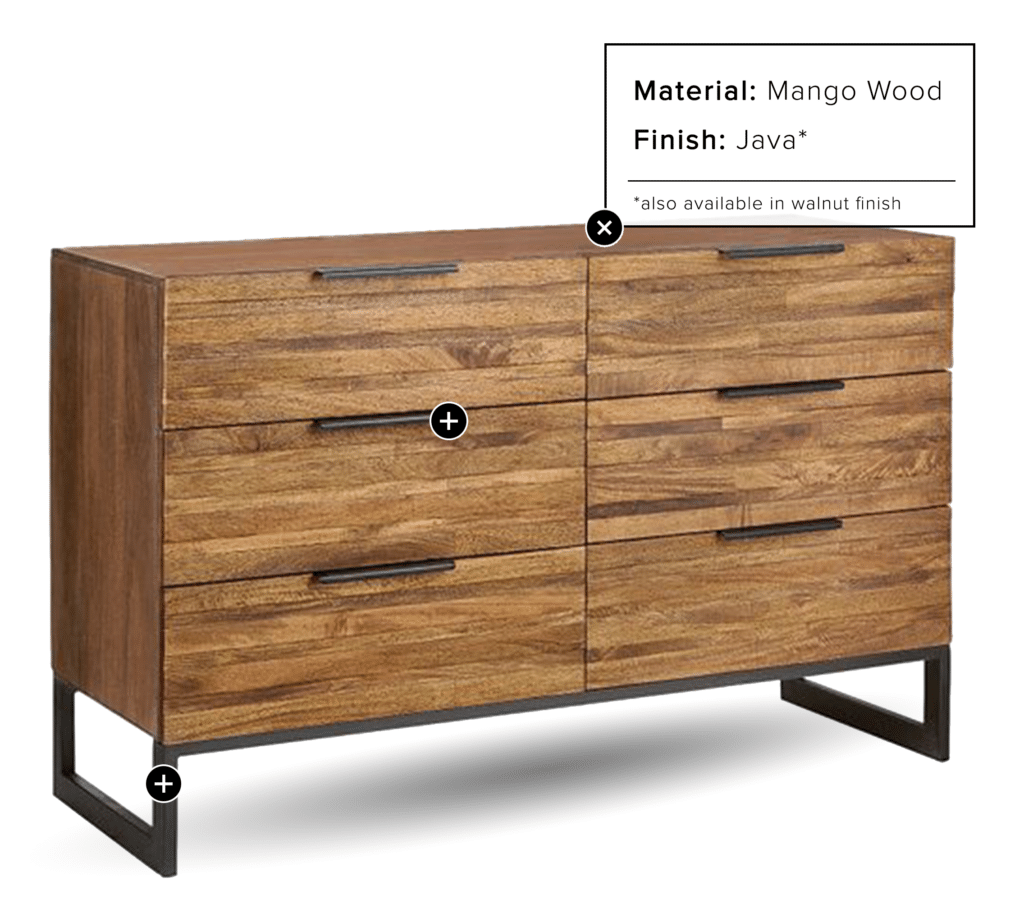3D Product Visualizations: Interactivity, Augmented Reality, and More
Traditionally, shopping has been a tactile experience with in-store product displays, try-on opportunities, and staged show rooms. Touch, after all, is intuitive and one of the most proficient ways in which we learn and connect with the world around us, something current e-commerce experiences are lacking. It is logical then, that pushing e-commerce toward something more tangible would resonate with both retailers and consumers alike. Thanks to developments in 3D technology, implementing high-quality 3D e-commerce experiences on online product pages is now possible. But is it worth it? Here are 4 substantial reasons retailers and brands should invest in a 3D e-commerce strategy now, so that you can decide for yourself.
Reason 1: 3D product interactivity transforms the buying experience.
By implementing 3D products directly on a product page, brands are giving consumers access to and control of valuable physical product information. Imagine shopping online for a new travel backpack. With 3D product visualization, you can rotate the backpack you’re considering in any direction to explore details that may be inaccessible in 2D imagery. Additionally, with 3D product visualizations, relevant product information is easier to find. Shoppers can scale the backpack to varying sizes. Zoom out to get a holistic view of the backpack or zoom in to get an up close look of finer details like the straps or the varying compartments. Does it use mostly zippers or velcro or a mixture? How many compartments does it have? What about support straps? The answers to these questions and more are available from just one 3D product model as opposed to multiple 2D photos.
Furthermore, consumer attention is fleeting, so making rich information more accessible is incredibly valuable to shoppers and retailers. 3D allows users to gauge product dimensions and details more quickly and more reliably than 2D. Since the nature of 3D is to convey more product information, shoppers who experience 3D products are more informed when making purchase decisions, which means returns are likely to decrease as well.
Reason 2: 3D-specific features engage shoppers as they browse.
3D product visualizations allow for interactive features before shoppers even realize they’re interacting. Brands can enable on-page activations like auto-rotate or flyover camera highlights of a 3D product model as a shopper is casually browsing a page. These dynamic features let shoppers know that what they are viewing is 3D and interactive. They act as an invitation to participate in a touch-based digital shopping experience.
Additionally, hotspots can be implemented to call out specific parts of a 3D product, showing off how it works, as well as levels of detail that may normally go unnoticed, such as customizable product options, parts, pieces, and expansions, etc. While these are not new ideas necessarily, when partnered with 3D, they encourage shoppers to engage with digital products in ways never before seen.

Reason 3: Shoppers can gauge physical and personal fit with augmented reality.
We can’t mention 3D without at least a nod toward what 3D enables via AR. Augmented reality empowers retailers to solve two significant e-commerce concerns: physical fit and personal fit. Does this item fit physically in my space or on my body, and do I like it? For physical fit, this is especially useful for verticals such as furniture and appliances, as well as fashion. For the personal fit, AR allows shoppers to determine a deeper connection with a product, answering questions like… does it match my style, my personality, and my aesthetic? By placing digital products visually into a shopper’s space in real-time, brands can bridge the ‘information gap’ shoppers are usually expected to leap on their own. This extra work on behalf of the brand helps to build stronger customer relationships, increasing the likelihood of repeat purchases and brand advocacy in the future.
Reason 4: 3D e-commerce is the future, one that pioneering retailers are shaping now.
Continued technological advancements in hardware and software are driving us toward a more interconnected way of being, whether we are ready for it or not. Retailers who lean into these innovations are likely to be the ones who influence how they unfold, developing best practices that best suit their products, all while building a brighter consumer journey. Shoppers want and expect to be convenienced by technology, and it’s up to trailblazing retailers to be the first ones to set and exceed those expectations.
Long gone are the days when available product details were limited to what retailers and brands made public. Consumer generated content such as product photos, videos, and reviews are referenced by 92% of shoppers looking to make a purchase. Shoppers want more information and when they have it, they are likely to share it. Brands enabling the product research process are likely to be on the winning end of consumer affinity and advocacy. So now what? Convinced? Find out more about how you can get started in 3D and AR eCommerce.
Not a current customer but ready to get started?
Demo the Platform Today!Already a current customer? Log in to Axis Today!

